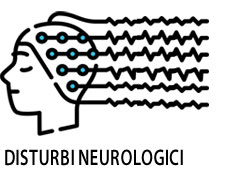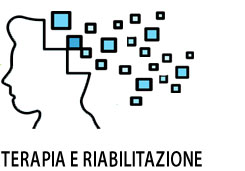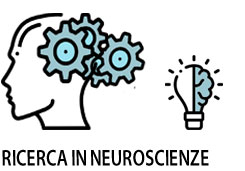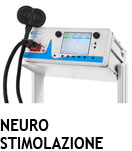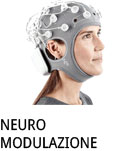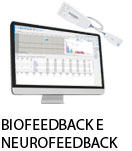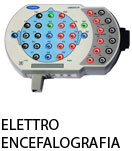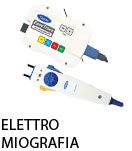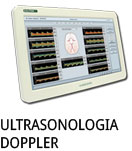- +39 011 5821948
- info@geasoluzioni.it
- Lun - Ven 8:00 - 17:30
Multitarget transcranial direct current stimulation for freezing of gait in Parkinson s disease
- Abstract:
- Background: Recent findings suggest that transcranial direct current stimulation of the primary motor cortex may ameliorate freezing of gait. However, the effects of multitarget simultaneous stimulation of motor and cognitive networks are mostly unknown. The objective of this study was to evaluate the effects of multitarget transcranial direct current stimulation of the primary motor cortex and left dorsolateral prefrontal cortex on freezing of gait and related outcomes. Methods: Twenty patients with Parkinson's disease and freezing of gait received 20 minutes of transcranial direct current stimulation on 3 separate visits. Transcranial direct current stimulation targeted the primary motor cortex and left dorsolateral prefrontal cortex simultaneously, primary motor cortex only, or sham stimulation (order randomized and double‐blinded assessments). Participants completed a freezing of gait‐provoking test, the Timed Up and Go, and the Stroop test before and after each transcranial direct current stimulation session. Results: Performance on the freezing of gait‐provoking test (P = 0.010), Timed Up and Go (P = 0.006), and the Stroop test (P = 0.016) improved after simultaneous stimulation of the primary motor cortex and left dorsolateral prefrontal cortex, but not after primary motor cortex only or sham stimulation. Conclusions: Transcranial direct current stimulation designed to simultaneously target motor and cognitive regions apparently induces immediate aftereffects in the brain that translate into reduced freezing of gait and improvements in executive function and mobility.
- Patologie/Applicazioni:
- Anno:
- 2018
- Tipo di pubblicazione:
- Articolo
- Parola chiave:
- Parkinson; stimolazione elettrica transcranica; neuromodulazione; Riabilitazione motoria
- Testata scientifica:
- Movement Disorders - Official Journal of the International PArkinson and Movement Disorder Society
- Nota:
- Lo studio si concentra sulla valutazione del freezing legato alla marcia nei pazienti parkinsoniani in seguito a stimolazione elettrica transcranica. La tDCS viene erogata sulla corteccia motoria primaria e sulla corteccia dorsolaterale prefrontale. I risultati suggeriscono che la stimolazione simultanea di entrambe le aree (M1 e DLPFC) apparentemente induce "after-effects" immediati in grado di ridurre il freezing del cammino e le funzioni esecutive.
- DOI:
- doi.org/10.1002/mds.27300
Hits: 2125
La nostra storia
GEA soluzioni si affaccia nel 2013 al mercato della strumentazione medicale di alto livello tecnologico ma la sua storia parte da più lontano, clicca qui per approfondire.
GEA SOLUZIONI SRL
via Issiglio 95/10, Torino
Tel.: 011 5821948 / 011 4463853
Fax: 011 0433281
Email: info @ geasoluzioni.it
P. IVA IT11696920013
REA TO1233648

